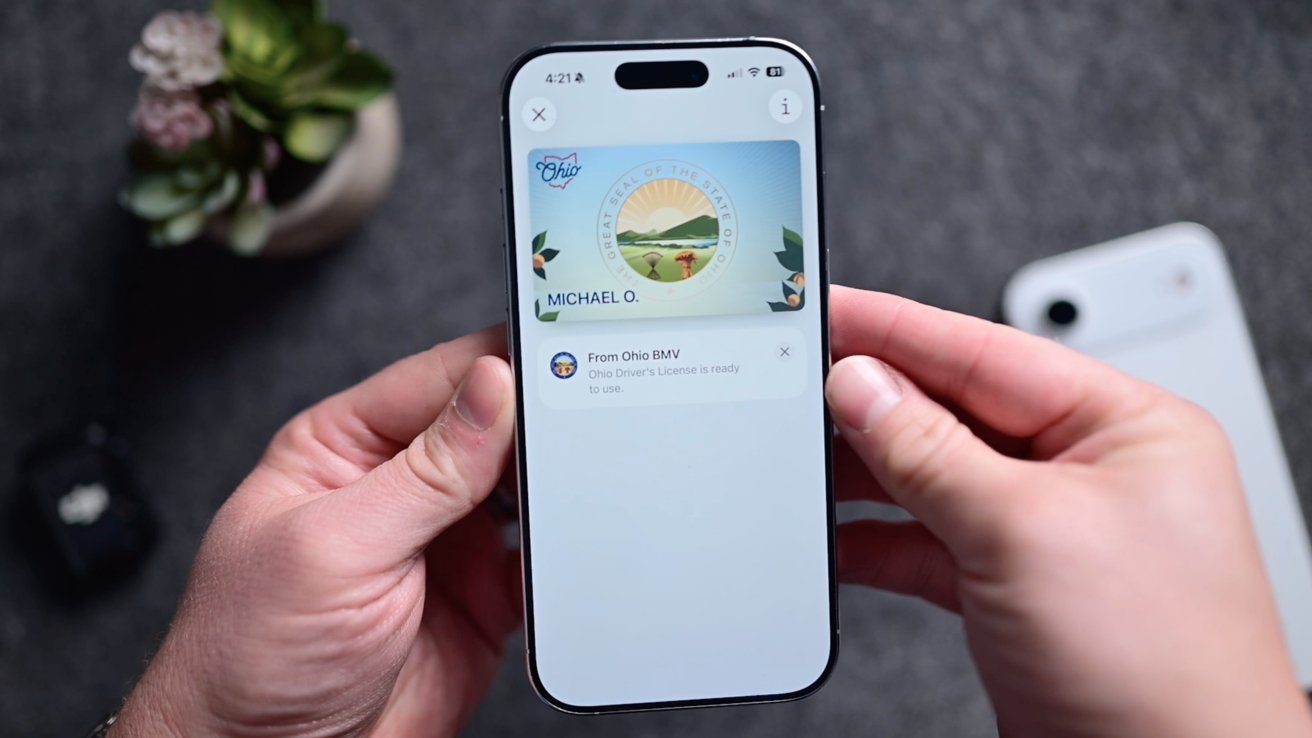Debunking Myths: The Realities of Apple’s Digital ID and User Privacy
In an era where digital transformation is reshaping every facet of our lives, the introduction of Apple’s Digital ID has sparked a wave of public concern. Many fear that this innovation could lead to increased surveillance and a loss of personal privacy. However, a closer examination reveals that these apprehensions may be largely unfounded.
Understanding Apple’s Digital ID
Apple’s Digital ID is designed to securely store personal identification, such as driver’s licenses, within the Apple Wallet app. This initiative aims to provide users with a convenient and secure method to present their IDs without the need for physical cards. The system is built with a strong emphasis on user privacy and data security.
Addressing Privacy Concerns
A significant portion of the anxiety surrounding Digital ID stems from misconceptions about how the system operates. Critics argue that it could become a tool for government surveillance or unauthorized data collection. However, Apple’s implementation is structured to prevent such scenarios.
The Digital ID system does not include mechanisms for monitoring or remote server verification. All credentials are stored locally on the user’s device, and their usage is not reported to any issuing authority. This design ensures that users maintain control over their personal information.
Data Transmission and Security
When a user presents their Digital ID, only the necessary information is transmitted through encrypted channels to authorized readers. This process is transparent, with users reviewing and confirming the data being shared. Importantly, the iPhone does not communicate with external parties before, during, or after the interaction, further safeguarding user privacy.
Comparing to Existing Data Collection Practices
It’s essential to contextualize the Digital ID within the broader landscape of data collection. Currently, various entities, including cell carriers and supermarkets, collect extensive data on individuals. For instance, cell carriers can track user locations, and supermarkets monitor purchasing habits through loyalty programs. These practices have been in place for years, often without significant public outcry.
In contrast, Apple’s Digital ID is designed with privacy at its core. The system’s architecture minimizes data exposure and provides users with clear control over their information. Therefore, the fears associated with Digital ID may be disproportionate when compared to existing data collection methods.
The Path Forward
While skepticism towards new technologies is natural, it’s crucial to base concerns on accurate information. Apple’s Digital ID offers a secure and private means of carrying personal identification, with safeguards that exceed many current data collection practices. As digital IDs become more prevalent, understanding their design and security features will be key to addressing public concerns and ensuring user trust.



